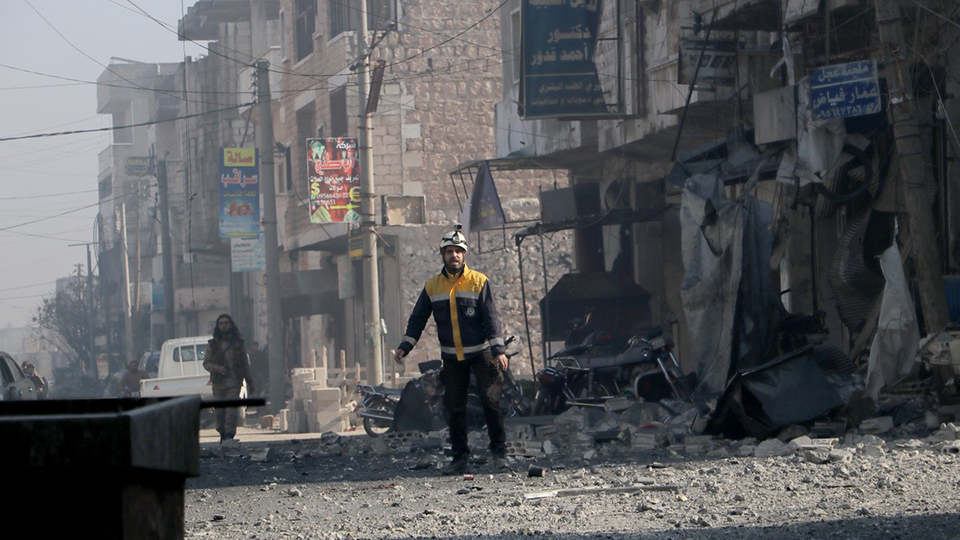Ability to carry out humanitarian work in most dangerous conflict-hit regions threatened by local NGO staff being caught in crossfire
In the first six months of 2020, there was a sharp increase in lethal attacks on humanitarian workers, with Syria at the top of the list of the deadliest places for a humanitarian worker.
Since January, a total of 74 deaths have been recorded globally, an increase of 30% compared to the same period last year. Syria was responsible for more than a quarter of these deaths.
According to Care International‘s analysis using data from the Aid Worker Security Database, twenty of the deaths in 2020 occurred in Syria and 14 in South Sudan.
“Most humanitarian workers are staffed by garbage collectors, truck drivers, nurses, health workers and community service assistants,” said Sally Austin, Care International‘s Head of Emergency Operations, presenting the Aid Worker Security Report 2019.
The high number of attacks against aid workers is up from last year, when 483 aid workers were killed, kidnapped or injured. It was the highest ever recorded, according to the independent research group Humanitarian Outcomes.
The highest number of attacks, as mentioned, occurred in Syria, followed by South Sudan, the Democratic Republic of Congo (DRC), Afghanistan and the Central African Republic. These are the same five countries that accounted for over 60% of all incidents worldwide in 2018.
In 2019, Yemen and Mali were added, which, according to Humanitarian Outcomes, doubled the number of attacks in the previous year.
Killing humanitarian workers has dangerous consequences for communities and countries where aid is provided. In addition to the fact that attacks on humanitarian workers are clear violations of international humanitarian law compared to neutral actors.
Mercy Laker, deputy director of programs for Care South Sudan, told the Guardian that aid workers are routinely “victims of unjust harassment, illegal detention, banditry and a series of other attacks during their work. Very often it is necessary to decide whether to provide life-saving interventions to communities in need or to evacuate their staff, which is not a pleasant position to be in. Aid workers are often caught in the crossfire because here in South Sudan they are often members of the community itself,” he said.
NGOs are one of the largest employers in this country, especially in remote locations, and revenge killing is a very common practice when the target is an influential family member, most often someone working for an NGO.
Attacks against aid workers have also been linked to misinformation and fears surrounding Covid-19 and other diseases. According to Humanitarian Outcomes, more than half (15) of the 27 attacks reported in the DRC in 2019 were directed against health workers responding to Ebola. Of these, a third, reportedly, were committed by community members who acted out of fear of the disease and the people who responded.
Jan Egeland, Secretary General of the Norwegian Refugee Council, which employs about 15,000 aid workers worldwide, said the international community must do much more to protect them.
“I am very concerned that there will be even fewer humanitarian workers able and willing to stay and provide aid in the most affected areas of conflict in the future,” he said. “We already see fewer groups able and willing to stay and deliver in the worst areas of conflict and I fear that in the future it will be even more subtle. We need governments, donors, diplomats, military leaders and politicians to do more to protect our aid workers. There must be a higher price for those who can now attack with apparent impunity.
Link: REPORT
by Christian Elia

